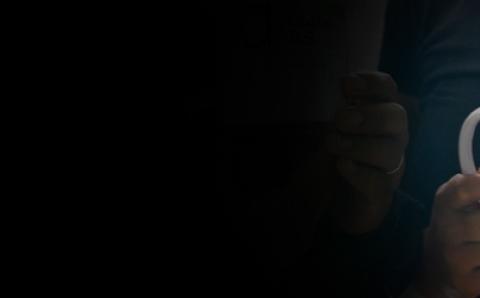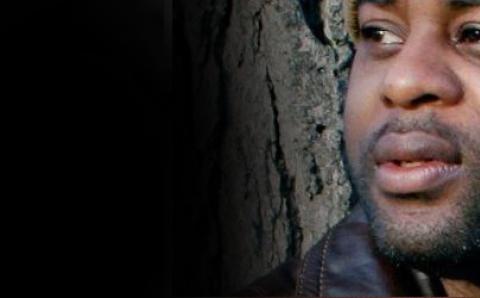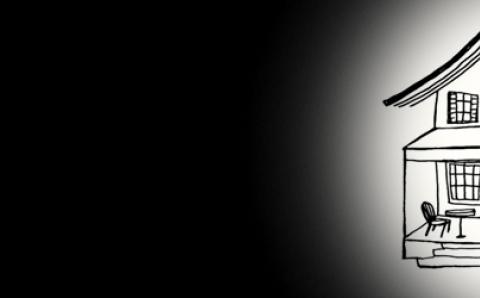Sometimes life lessons come from places we would not expect. Recently, my learning came from the children of my neighborhood.
Our neighborhood was intentionally designed to promote community. Its 98 homes share a bus stop, a community pool, parks, and a soccer field. Personal ownership of these things would be impossible for most of us; holding them in common puts them within reach. Yet these shared spaces, areas that once knit us together, began to tear us apart.
Common spaces are a great idea, but caring for them comes with a price tag. If we were to maintain our common spaces, dues would need to rise. For some, the price was too high. They wanted to close the pool and allow the parks to become prairies.
But others recognized that those public spaces were more than places to release and retrieve children; they offered opportunities to practice neighborliness.
The threat of rising dues prompted many conversations. As a board member, I was well aware of the tension and restlessness disrupting our neighborhood. While I was drafting a letter to my neighbors to address some of the concerns, a knock at the door interrupted my typing. I opened my door to discover four young kids. Several more stood in my driveway. They greeted me and then, with simple innocence and firm determination, they handed me a surprisingly heavycoffee can.
“What is this?” I asked.
“We heard the neighborhood was in trouble so we had some lemonade stands. Here’s the money. We counted it, like, five times. It’s $48.88. ’Bye.” With that, they skipped out of my garage and went back to playing. It was the ideal form of hit-and-run. Tears welling, I thanked them and shut the door. I wondered what kinds of trouble they had noticed and what they’d overheard their parents saying. Sensing anxiety, they refused to gossip or to live protectively or to tear down. Instead, they chose to face a challenge with togetherness, imagination, and generosity.
I returned to my computer and told my neighborhood this story. Suddenly neighborhood conversations changed in content and in tone. Fear of not having enough money gave way to conversations about what those amazing kids had done. Inspired by the kids, ten households responded by writing their own $48.88 checks.
We combined those gifts with the coffee can money. Then we refilled the sandbox, replaced worn soccer nets, and put up a new community basketball hoop. No one complained.
The spirit of the children’s gift took root and blossomed. In the spring, 150 kids scrambled to gather 2,000 plastic eggs filled with donated candy. Each year on the Fourth of July, generous neighbors provide fireworks for a display that draws people from other neighborhoods. Parents gather daily at the bus stop and share warm words and hot coffee.When a child from the neighborhood died, a kids’ triathlon raised several thousand dollars.
My neighborhood is not a church, but the kids who live here taught me invaluable lessons. The best treasure from the coffee can was not what was in it but what was behind it. Communities—even churches—worry about things like turf, membership, and money. Caring conversations, imagination, and working together are fine antidotes for our worries. All it takes are the eyes and heart of a child. That sounds remarkably close to something Jesus once said. . . .
About the Author
Rev. Marc Nelesen is pastor of Georgetown Christian Reformed Church in Hudsonville, Mich.









